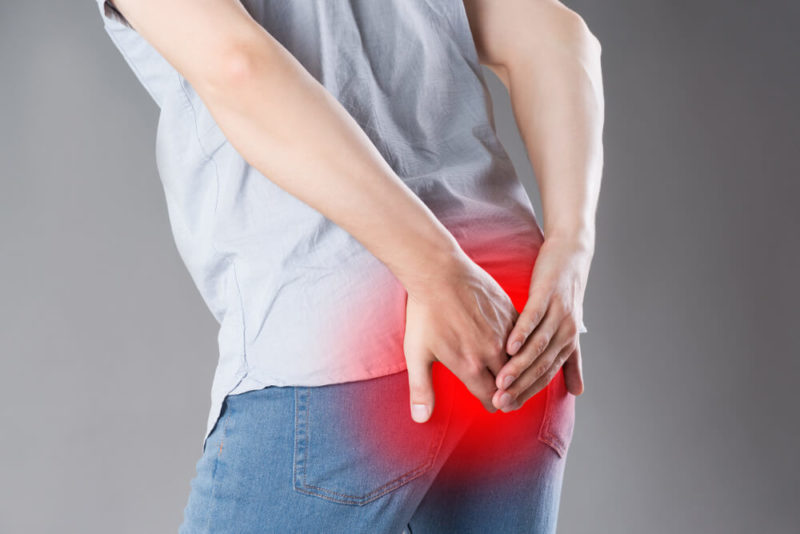Pilonidal Cyst Treatments UW Health
Table Of Content

It’s usually located near the tailbone at the top of the buttocks crease. These cysts can contain hair, skin fragments, and other tissue. Laser therapy won’t cure your current pilonidal cyst, but it can remove hair to prevent it from becoming ingrown. During World War II, more than 80,000 soldiers got pilonidal cysts that put them in the hospital. People thought they were because of irritation from riding in bumpy Jeeps. A pilonidal cyst is an unusual pocket in the skin that usually contains hair and skin debris.
Pilonidal Cyst Removal, Recovery, and Recurrence
The cyst is located above the gluteal crease (crack of the buttock). If this debris causes infection, a painful swelling occurs and can open and drain. People who have recurrent pilonidal cysts often develop chronic wounds and draining sinuses. Treatment can include home remedies to manage pain and swelling, lancing and drainage by a healthcare provider, or open surgery. The decision to have more invasive surgery is one that is made by the patient and their healthcare provider based on a number of factors.
Pictures of a pilonidal sinus infection
In this technique, the doctor drains the cyst, but it’s not left open. Your provider will start by giving you a full physical examination. During the exam they’ll check the crease of your buttocks for signs of a pilonidal cyst. The amount of time it takes for you to recover depends on your surgical procedure and whether you received stitches. In general, it’ll probably take anywhere from 1 to 3 months to completely heal.
Questions for your doctor
They will clean away any hair, blood, and pus from inside the abscess. A pilonidal sinus infection mostly affects men and is also common in young adults. It’s also more common in people who sit a lot, like cab drivers.
This procedure can usually be done in your doctor’s office. Your doctor will then drain any pus from inside the cyst, and remove any hairs found in the cyst. If your pilonidal cyst is not treated or keeps returning, you could develop what’s called sinus cavities (empty spaces under the skin) and pockets of infection. You might be more likely to get one if you were born with a small dimple in the skin between your buttocks, called a sacral dimple. This harmless dimple could get infected and result in a pilonidal cyst, though doctors aren’t exactly sure why.
What are the symptoms of a pilonidal cyst?
Teen left with gaping hole after infected ingrown hair ‘burrowed into his spine’... - The Irish Sun
Teen left with gaping hole after infected ingrown hair ‘burrowed into his spine’....
Posted: Thu, 10 Oct 2019 07:00:00 GMT [source]
If you need surgery, your health care provider numbs the area and removes the cyst through an incision. It’s also unclear if shaving the area might increase the risk of a recurrence. For that reason, permanent hair removal might be considered, but the method that would be best isn’t yet understood.
Man With No Butt Crack Answers The Internet's Questions: What Are Pilonidal Cysts? - Medical Daily
Man With No Butt Crack Answers The Internet's Questions: What Are Pilonidal Cysts?.
Posted: Tue, 14 Jan 2014 08:00:00 GMT [source]
Prevention
Use of this website and any information contained herein is governed by the Healthgrades User Agreement. The content on Healthgrades does not provide medical advice. Always consult a medical provider for diagnosis and treatment. It usually starts as an infection of a hair follicle in the area.

If you have a sacral dimple, you don't have to be overly concerned you'll get a cyst, but stay aware of signs of infection and talk to your doctor if you have symptoms. If it’s not treated, a pilonidal cyst can possibly lead to an abscess or a sinus cavity. Those are both signs that the skin infection is getting worse. A pilonidal cyst is a non-contagious skin condition — you can’t spread it (just like a pimple).

A pilonidal cyst is considered a benign (usually harmless) condition but can be painful and recur, causing problems on and off. Rarely, it could lead to a serious infection or complication if not treated. A pilonidal cyst is a small sac that sticks up from inside the skin.
Concentrating on correct posture when sitting can also help you manage the pain. Once the site is healed, it is important to keep the skin in the buttocks crease clean and free from hair. Young men may need to shave, wax, or use hair removal cream every two to three weeks until the hair shafts begin to soften and thin out around age 30. A day or two before your scheduled pilonidal cyst surgery, you will be notified when to arrive at the facility to check in.
Currently, many researchers believe that pilonidal cysts are caused by ingrown hairs. There is little evidence to guide treatment for recurrent disease. Surgical approaches should be selected based on whether there is an acute abscess or chronic disease and surgeon expertise. When treating patients for a recurrence, physicians should exclude other etiologies, including inflammatory bowel disease, immunosuppression, and cutaneous neoplasms.
This includes images and video explaining causes and symptoms. There are a number of complications that may arise from pilonidal sinus infection. These include wound infection and a recurrence of the infection even after surgery. If you have a recurring pilonidal sinus infection or if you have more than one sinus tract, your doctor will recommend a surgical procedure.
Antibiotics are not usually prescribed for pilonidal infections unless an accompanying skin infection (i.e., cellulitis) is present. Hormones might contribute to the hair follicles becoming larger, which may cause some of the glands in the area to become blocked. If it does drain on its own, be sure to keep the area around it dry and clean. If your infected cyst worsens, the infection could spread throughout your body, which might be life-threatening. Yours may be a small dimple or cover a large, painful area.
Comments
Post a Comment